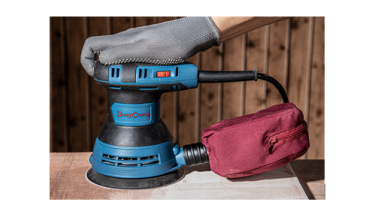Polyethylene vs. Thermoplastic Compound: Which Is Better for Your Insulation Needs?

When it comes to insulation for cables and wiring, selecting the right material is crucial for optimal performance and safety. Two popular options in the market are polyethylene and thermoplastic compound. This blog will explore the differences between these materials and help you determine which is better suited for your building needs. Additionally, highlight why Sunua stands out as an excellent insulation supplier, providing companies purchasing, seeking agents, or distributors with top-quality solutions.
Differences Between Polyethylene and Thermoplastic Compound:
- Composition and Structure:
Polyethylene: Polyethylene is a versatile polymer known for its excellent electrical properties, flexibility, and resistance to moisture and chemicals. It is widely used in insulation applications due to its high dielectric strength and low conductivity.
Thermoplastic Compound: Thermoplastic compounds, on the other hand, are blends of different polymers, fillers, and additives. These compounds are specifically engineered to enhance specific characteristics such as flame resistance, mechanical strength, or temperature resistance.
- Processing and Application:
Polyethylene: Polyethylene is typically extruded as a solid insulation material. It is widely used in various industries, including electrical, telecommunications, and automotive, for its exceptional electrical insulation properties and durability.
Thermoplastic Compound: Thermoplastic compounds offer greater flexibility in terms of customization and application-specific formulations. They can be designed to meet specific requirements such as flame retardancy, UV resistance, or high-temperature performance.
Which Is Better for Your Building Needs?
The choice between polyethylene and thermoplastic compound depends on your specific building needs. Consider the following factors:
- Electrical Properties: If your priority is excellent electrical insulation, polyethylene is a preferred choice due to its high dielectric strength and low conductivity.
- Application-Specific Requirements: If your project requires specific characteristics such as flame resistance, chemical resistance, or temperature resistance, thermoplastic compounds provide the flexibility to tailor the insulation to meet those requirements.
- Environmental Considerations: Both polyethylene and thermoplastic compounds can be formulated to be environmentally friendly. Ensure that the chosen material aligns with your sustainability goals.





